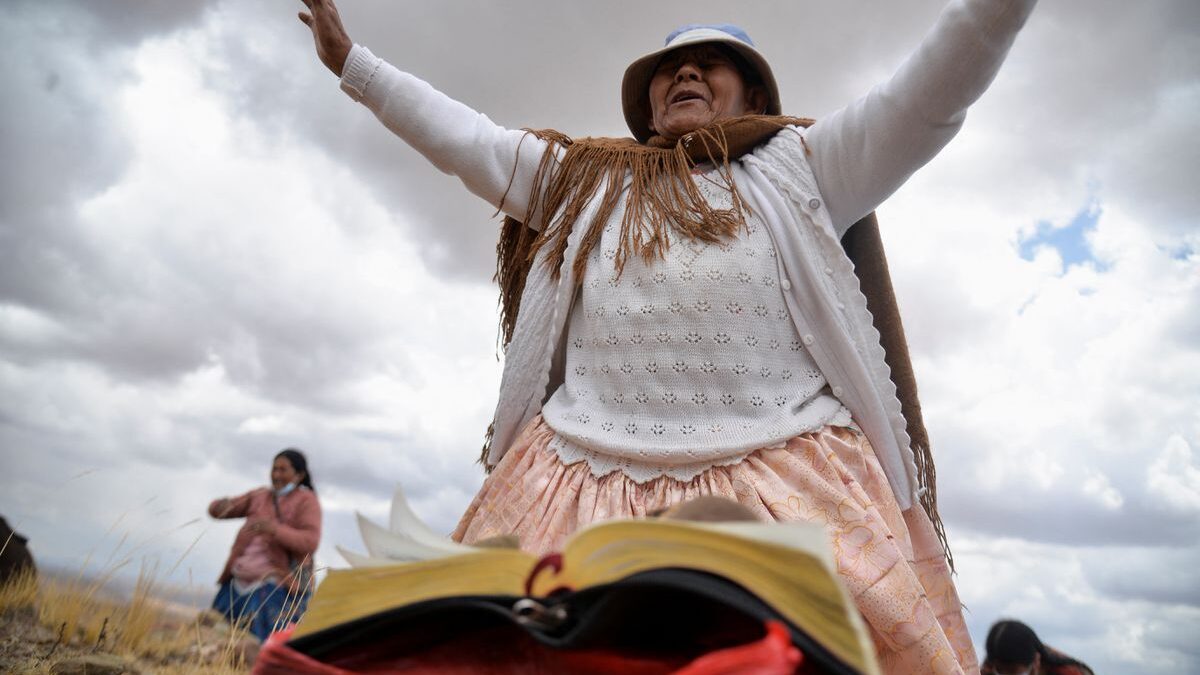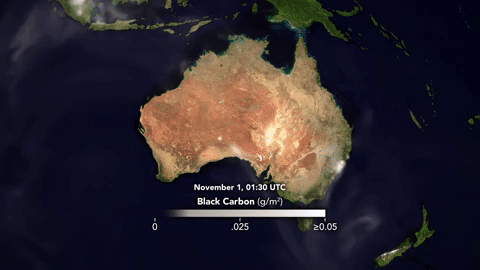Heat, drought, floods, bad air: Will California’s Central Valley survive climate change? “It’s almost like the forecast for the middle, late century – we’re seeing it right now”

By Hayley Smith
25 October 2023
(Los Angeles Times) – One March morning in the small Central Valley town of Woodlake, Joshua Diaz was getting out of bed when he noticed that his carpet was bubbling and that his tile floor had grown slick. He tried to open his front door but felt pressure and saw water slipping through its seams.
“There was more water outside than inside,” Diaz recalled. “We were surrounded.”
Outside, torrential downpours — the likes of which some lifelong residents of his small Tulare County town had never seen — filled rivers, clogged storm drains and sent water gushing through streets and into people’s homes.
By the time he escaped through a bedroom window with his wife, Amada, and their two sons, ages 8 and 4, there was little left to save. Knee-deep water had filled their home, causing about $65,000 worth of damage.
“You always want to keep your kids safe and secure, and it’s hard to think of going back to a home that might flood, or might get ruined, and you’re jeopardizing your children’s lives,” said Diaz, who was born and raised in the tiny town at the base of the Sierra Nevada foothills.
“If we rebuild, are we going to be safe? If we invest our money back into our homes, will our investment be sound?”

It’s a question many residents of California’s Central Valley are asking themselves — particularly those in the fertile southern region.
Home to more than 4 million people, the vast San Joaquin Valley lies flat and low between the Sierra Nevada and the Southern Coast Range and has long been prone to climate hazards.
Lately, however, they seem to be converging at a breakneck pace. The floods arrived following three years of severe drought, while extreme heat, lung-searing smog and hazardous wildfire smoke have become all-too-common occurrences. Meanwhile, the very earth beneath their feet is sinking.
Experts say it’s not just bad luck that has made the San Joaquin Valley one of the front lines of climate change in America. Dramatic land use changes, a dearth of resources and state support, and a recalcitrant political climate fueled by agriculture and fossil fuel drilling have all contributed to the region’s challenges. How it adapts could be a case study for the rest of the nation.
As recently as a century ago, the valley was the humid home to ephemeral rivers, lakes, and wetlands. But its rapid transition toward industrial agricultural — which turned it into one of the most fruitful food production regions in the world — sapped the valley’s water and aridified its landscape.
“In my opinion, the San Joaquin Valley is the region of California that has suffered the most extreme transformation in the whole state,” said Angel Santiago Fernandez-Bou, lead author of the San Joaquin Valley Region Report for California’s fourth climate change assessment. “Basically, we have destroyed 95% of the original wetlands.”

Even Tulare Lake, once the largest freshwater lake west of the Mississippi River, was drained to make room for fields of cotton, tomatoes, almonds and other crops. Once every couple of decades, it refills in dangerous and dramatic fashion, as it did during heavy rains earlier this year.
Land transformation in the San Joaquin Valley has decreased its natural resilience to extreme environmental events such as drought, floods and heat, according to Fernandez-Bou, who is also western states senior climate scientist with the Union of Concerned Scientists.
And it is getting more extreme. His regional report predicted that all valley counties could go from four or five extreme-heat days per year to as many as 68 by the end of the century. Already, Fresno saw 65 days over 100 degrees last year, and Merced recorded its hottest temperature ever, 116 degrees, in September 2022.
“It’s almost like the forecast for the middle, late century — we’re seeing it right now,” Fernandez-Bou said.
Although climate change is exacerbating those extremes, he and other experts said the region’s bowl-shaped topography also contributes to heat and other hazards, as it enables smog, fine particulate and wildfire smoke to get trapped inside the basin.
“You have wildfire smoke, you have pollution from the cities that blows in here, but there’s also a lot of dust being made through the tilling of the soil,” said Chantelise Pells, community engagement director with the nonprofit SocioEnvironmental and Education Network in Merced. “So there is a lot of pollution that is created in the valley, but also, it’s the actual topography of California that it just sits there.”
The San Joaquin Valley has some of the worst air quality in the nation, and consistently fails to meet federal health standards for both smog and particulate air pollution, according to the U.S. Environmental Protection Agency.
The compounding hazards mean many residents are faced with the dilemma of turning on air conditioners that they can’t always afford to use, or opening their windows and suffering from poor air quality, pesticide exposure and extreme heat, Pells said.
“There are a lot of impossible decisions,” she said. [more]
Heat, drought, floods, bad air: Will California’s Central Valley survive climate change?

